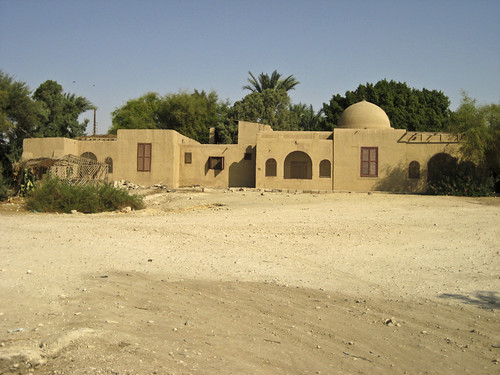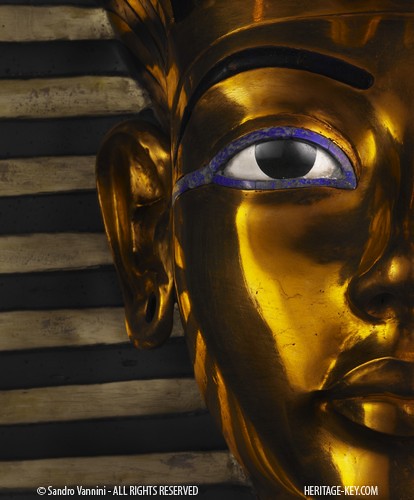The rest house of Howard Carter, discoverer of King Tutankhamun‘s tomb, has reopened to the public today as a museum. The mud-brick building, near the Valley of the Kings on Luxor‘s West Bank, was one of the projects earmarked by Egypt’s Supreme Council of Antiquities three months ago, as costly facelifts to Luxor were undertaken – including renovations to Luxor Temple and the Deir el-Bahritemple of Queen Hatshepsut. The house, from where Carter made his greatest discovery in 1922 with the backing of Lord Carnarvon, allows visitors to see the office and tools which made Carter an overnight celebrity 87 years ago when he unearthed KV62, the tomb of Egypt’s boy-king.
The opening of the house is an homage to the man who thrust Ancient Egypt into the world’s limelight during the era of discovery. And Valley of the Kings director Mustapha Al-Wazeri tells the BBC the house will allow tourists an insight into one of Egypt’s greatest explorers. “It was time to take good care of his house,” he says. “We have thousands of tourists coming every day and all their guides point to the Carter house. Many people asked us if they could take a look.”
The Home of Discovery
The unassuming building was Carter’s home, as he and his millionaire backer searched for the elusive tomb, which would be the richest in Egyptian history.
Over 5,000 glittering treasures were found, many of which can be found in Heritage Key’s own Virtual Experience. Photographs of the incredible breakthrough are also among the new museum’s highlights.
“This is where the two men spent long winter months over many years,” says today’s Lord Carnarvon, who still resides at his family’s Highclere Castle. “It is poignant to come back. My great-grandfather was so persistent and determined to find objects of beauty and Howard Carter was such a great organiser, draughtsman and scholar.”
Stuart Carter, first cousin twice-removed of the famous archaeologist, paid homage to his forebear’s persistence and professionalism. “Howard had a dedication to applying scientific techniques of the day to the discovery,” he says. “He spent from 1922 when the tomb was discovered to 1931 or so unlocking the secrets of the tomb.” The museum’s many exhibits show Carter’s passion for meticulous recording and cataloguing of archaeological data at the Theban Necropolis.

